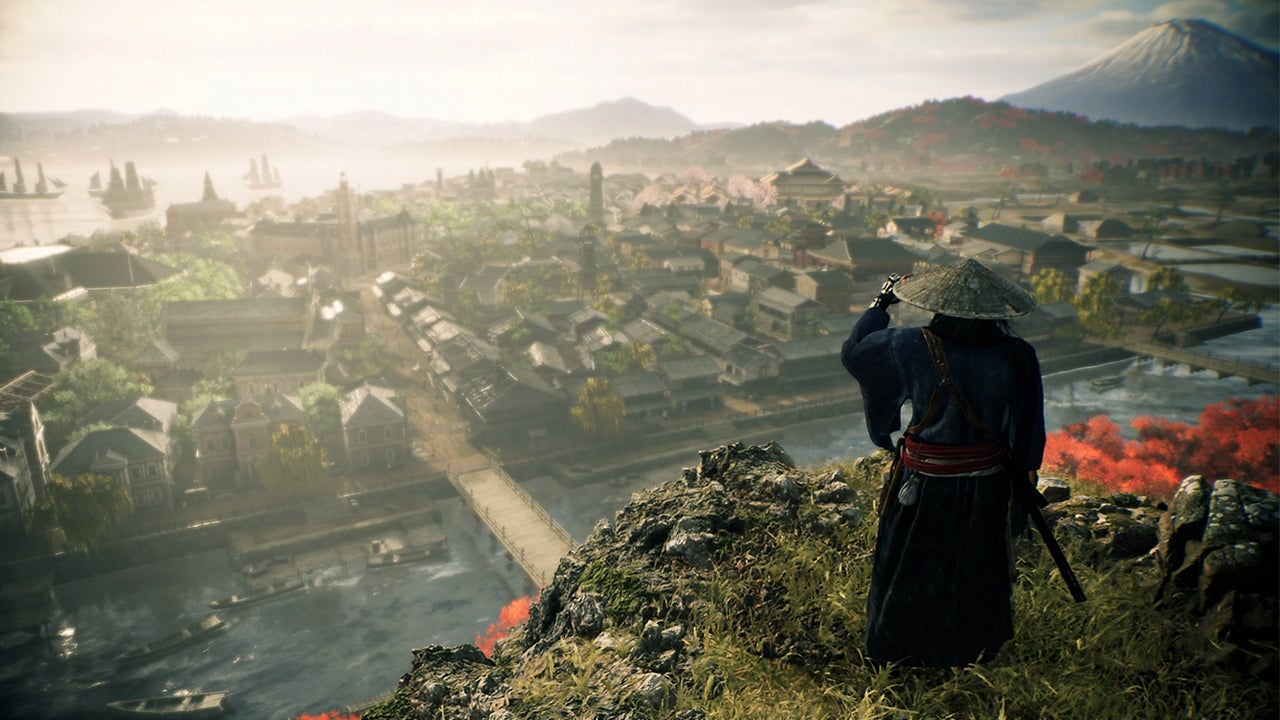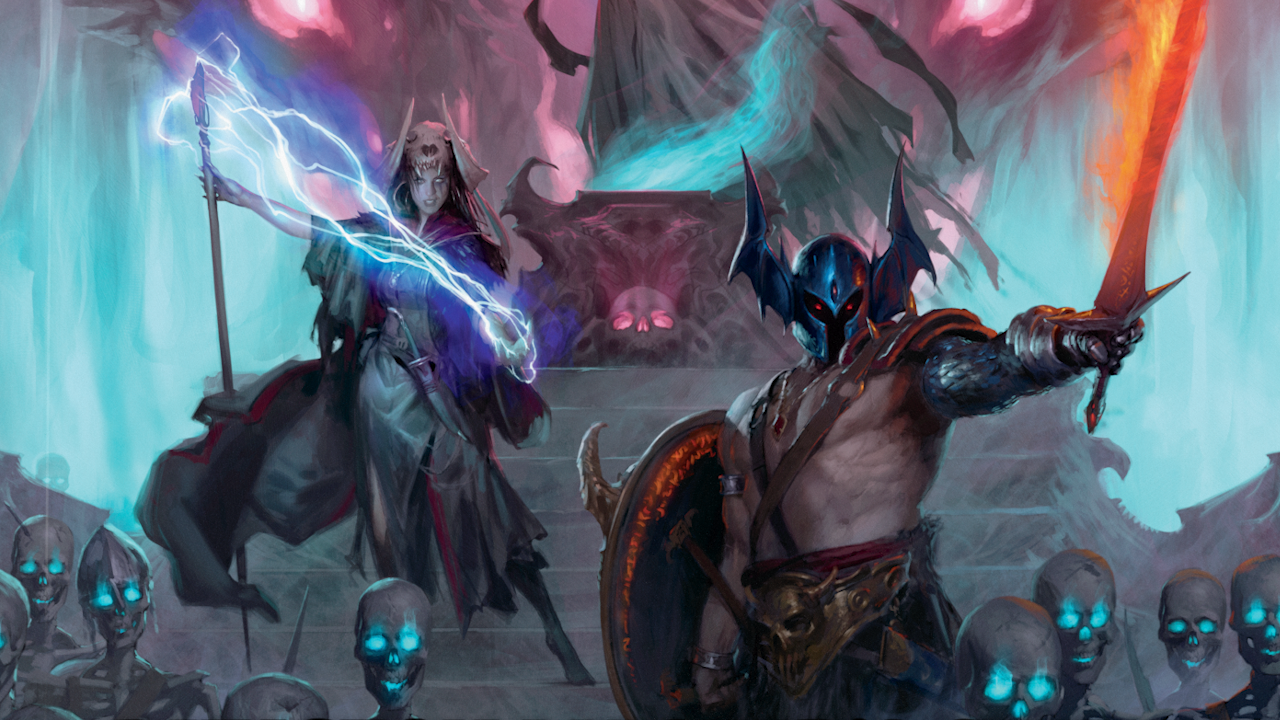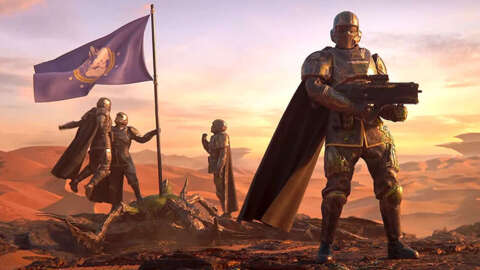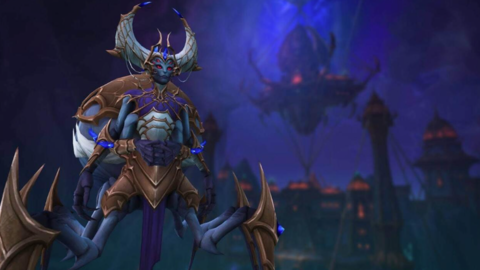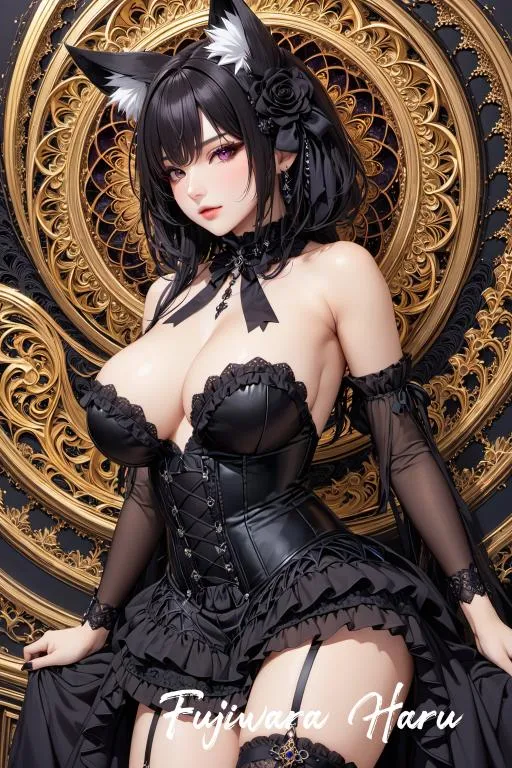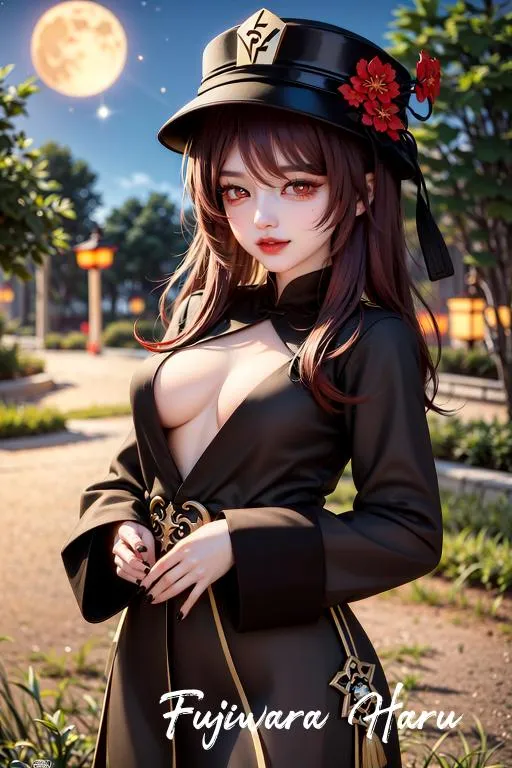Feudal Japan is likely the most influential historic period in Japan, with many books, movies, and games, inspired by the long running conflict and change the country underwent. Team Ninja has been at the forefront of that passion, and with its latest game it goes full open world in the PS5 exclusive Rise of the Ronin. Let’s cut to the chase and see just how well it runs.
Modes of Play and Performance
Upon boot up we have a choice to make: Graphics mode, which confusingly focuses on resolution. This mode has a dynamically scaling 1440p that does show signs of reconstruction from TAA, or a checkerboard resolve with a counted 1080p low. The second option is Ray Tracing mode, which is remarkably similar in its visual quality, aside from ray-traced reflections. These appear on a select number of surfaces such as small water bodies and non dynamic reflective objects such as glazed terracotta pots or tiled floors. Ambient occlusion also looks slightly improved, which may be ray traced or simply better screen space ambient occlusion. Here resolution now appears to target a dynamic or possibly reconstructed 1080p from a 1600x900p base. Third, we have the Prioritize Frame Rate mode which is pretty much just the Graphics mode at the same reconstructed 1080p of the Ray Tracing mode, but without the ray tracing. Last but not least, an unlocked 60fps option can be toggled on or off for the Graphics and Ray Tracing mode, while Frame Rate mode is fixed at 60fps. All modes run a 4K UI, and the game is scaled to 4K in each mode, all tests were with launch day patch 1.02 applied.

Ray Tracing mode is surprisingly good, often being well within the Variable Refresh Rate (VRR) range. Frame Rates often stay in the mid to upper 50s and frame times are always 16 or 33ms making them perfect for that technology. The heavier battles with snowflakes, fire embers and multiple enemies can maintain a good 50ish rate of performance, and without any big spikes it feels responsive and far superior to a fixed 30fps. This brings me back to the point I made in our Dragon’s Dogma 2 performance review: unlocked frame rates can be better when consistent frame delivery issues can cause erratic frame delivery when a half refresh V-sync is enforced.
Using the Graphics mode as an example, once the frame time is capped the game struggles to deliver evenly paced frames, which will cause the game to drop a frame, causing a missed delivery and making the frame time jump up to 50ms. But due to the engine not needing the full 33ms that it has to wait for, on the next refresh cycle it now has two frames ready in close succession. So, it flips both in fast sequence giving us a 16ms run and then back to 33ms. When the engine is under load this can happen frequently, which means we get the enemy of game performance: irregular cadence. As you can see on the frame time graph, we have an uneven frame cadence of 16, 50, and 33ms, causing judder which feels worse than a 38-45fps range, as at least here frames are closer together and thus feel smoother and more consistent, as noted by no 50ms spikes appearing now. It again highlights why I have never been a fan of locked frame rates – as you will see, it locks to 30fps very well, but it feels far from it in play. In a sad twist, all modes run the real-time cutscenes at the capped 30fps, which results in incorrect frame pacing issues, an area I hope will be fixed later to run unlocked if the player so wishes.

This Graphics mode is pixel-bound due to the hike in resolution, bandwidth, and fill rate. As such when unlocked we are often in the high 30s to low 40s, which is better than capped in my view, but not as smooth as the Ray Tracing mode or indeed the final mode of the three, Frame Rate mode, which can be more than 50% faster in like for like sections. However, all three modes can struggle most with traversal and streaming, which even in the frame rate mode we get bouts of stutter and juddering when streaming in new objects and clearing space within memory.
This “performance mode” is largely identical to the Ray Tracing mode, showing how these two modes do not differ much aside from when ray tracing is on screen. Here performance can be smoother with it often hitting the 16ms target, highlighting that RT reflections can cost something, possibly 2ms or more of frame time when active, which is big for a 16ms frame time target. However, no mode locks to a clean or stable 60fps, and although the performance mode comes the closest it is still an issue at times with obvious dropped frames and judder. This means those with a VRR screen will get a much more consistent performance rate.
Graphical Quality and Technology
Visually the game is good but not a standout. Art is clean, bright and in-keeping with the period and designs of Japan. A variety of locations, buildings, swaying grass, trees, and dank caves splay out from your gaze. Texture details are good, but not great; shadow cascade and filtering are particularly impressive for such a dense world, with soft contact hardening use from the sun and some other area lights. Long shadows stretch out with high precision and good cascade – light and shadow are a key tool in the design, and with the game’s full time of day and weather system you are treated to burnt orange sunsets, deep blue nights, dark torch-lit caves, and even snow-filled, flame-ravaged scenes. Screen space reflections are used on water bodies and floors, and ray traced ones are limited to smaller sections making this mode a nice but minimal boost.
The biggest and best visual quality the game has is its excellent use of alpha, particle, and geometry effects. Snow deformation is not new, but it adds a great deal to the organic and interactive nature within the world. It crumples and tessellates under your and enemies’ movement, and snowflakes fall in battle via the engine’s robust GPU-accelerated particles. A decal system blends within a pixel shader pass as you contact it, which includes clothes and physics-based motion on objects and hair. The game's superb and incredibly versatile character builder allows you to customise your hero or heroine to perfection. Character rendering is good, with strong archetypes being visual guides by design along with detailed and well-animated faces and cloth in the games real-time cutscenes. These are often the best-looking moments due to the art, lighting and director of photography teams being in full control.
Comparisons to Ghost of Tsushima are obvious due to the setting, but this game is not as strikingly beautiful or dreamlike as that stunning game. Contrast is darker, colors more muted, and even brighter sections can be an issue with characters and backgrounds blending due to insufficient lighting quality and a lack of real-time global illumination or more robust ambient occlusion in the game. Resolution is low for a current-generation game and can leave shimmer and soft image quality often, with the graphics mode being by far the best. Pop-in is another issue, with obvious shifts in all modes from higher geometry. Sprites, trees, or even NPCs can appear within feet of you. Blends are often dithered, but they can be jarring as the world draws in close at times.
On horseback this also highlights another two-sided compliment, animation. The horse animations are very wooden, with a long and straight gait, Simple key frames and little physics on the horse make this an odd choice to cut back on as you spend so much time staring at it. In comparison the characters themselves move exceptionally well, as per previous Team Ninja games. The range and timing of the game's excellent combat is the highlight of the animation system and here I was impressed with the range it offers. Both velocity and power are seen and felt through each swipe, stagger, slice, and parry. Including dismemberment during such a violent time makes sense and adds to the authenticity, even if it is more comic book than Kurasawa.
Sound and Loading
Loading is fast into games and between the real-time cutscenes, but this is not a game that leans into the modern SSD super speeds. Loading a save takes around 8 seconds, which is more than fast enough. But going into the menu ahead of the fixed missions or coming out of the bigger story sequences the game can fade to black for a few seconds causing small delays, making it feel like a legacy of the last gen Team Ninja engine underneath. This is one area, along with the good physics but incredibly short life span objects have before fading out, that could do with some technology focus placed on them.

Music is suitably used in the game with a Hans Zimmer-like acoustic style with string arrangements, pipes and other suitably Japanese themed tunes that add a great deal to both the tranquillity and serenity of the quieter moments and the tension in the heavy battles. Voice acting and mixing is good with the cinematics again being the highlight, while in-battle cries of enemies, the metal clank and scrape of swords or the flames of arrows as they whizz past all create a deep audio experience with a good level of surround. This all works together to help you to pinpoint the location of the source, which helps in some of the bigger enemy count battles. It is far from a showcase on audio quality or 3D sound, but what is here is accomplished, fitting and adds a great deal to the atmosphere of the game.
Summary
Team Ninja was once a leader in the fast-paced action genre with Dead or Alive and the Ninja Gaiden series. Rise of the Ronin is its most ambitious game to date, but the expansive landscape here does not offer a great deal to enjoy or admire over its previous, more focused games such as Nioh. It comes at the cost of consistency and quality throughout, something common in open world games. Locations can be of a variety of quality levels depending on the time spent on each. The opening and more linear sections are often the best from a visual quality and artistic sense, while cinematics are the best example of the team and engine’s highest highs. I applaud the choice of performance modes and frame capped options as it certainly helps the choice for those that prefer resolution over performance. That said, I feel the focus on a bigger map and more modes has come at the cost of a diluted experience and quality throughout. With a single performance focused mode that locks to 60fps, and a smaller, more focused story would have stripped away many of the issues here as when it works, it looks, feels and plays great. It is just that the trimmings on the side can sour the taste somewhat of the great game than lies within.
